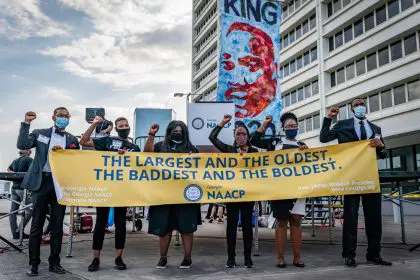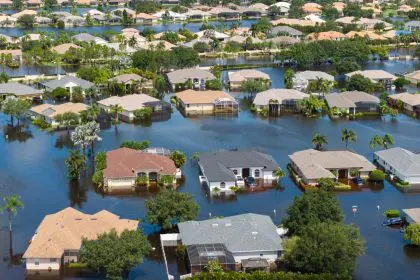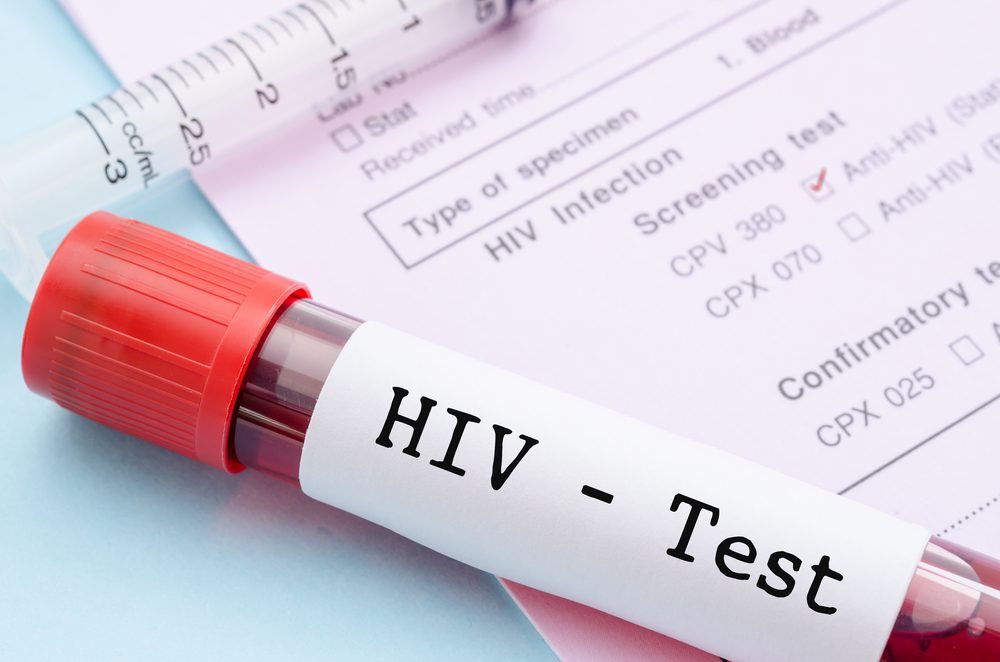In a significant move towards environmental justice, California Governor Gavin Newsom has signed a comprehensive package of three bills aimed at regulating orphan oil and gas wells in Los Angeles County, particularly in BIPOC communities. This legislation comes after two years of increased restrictions on new fossil fuel drilling in the area, reflecting a growing recognition of the environmental challenges faced by marginalized populations.
Understanding the oil and gas landscape in Los Angeles
Los Angeles County is home to over 20,000 active, low-producing or orphan wells, which pose serious health risks to residents. These wells are known to leak toxic substances such as benzene, arsenic and methane, contributing to the climate crisis and endangering the health of the approximately 10 million people living in the county. Alarmingly, nearly one-third of residents live within a mile of an active well site, with some residing as close as 60 feet.
Mandatory setback rule: Protecting communities
One of the key components of the new legislation is a mandatory setback rule that establishes a buffer zone of 3,200 feet for new oil and gas wells. This rule aims to protect residents living near homes, schools and medical facilities from the dangers posed by drilling activities. While this is a significant step forward, it does not address the existing wells that continue to threaten community health.
Key legislative bills
Assembly Bill 3233
A.B. 3233 empowers local governments to ban new oil and gas developments, circumventing potential legal challenges that could arise from state-level restrictions. This bill is crucial for communities seeking to protect themselves from the adverse effects of oil drilling.
Assembly Bill 1866
A.B. 1866 focuses on idle oil and gas wells, imposing stricter regulations and penalties for companies that fail to plug these wells. This law aims to mitigate the environmental hazards posed by these neglected sites.
Assembly Bill 2716
A.B. 2716 specifically targets low-oil production wells in the Baldwin Hills Conservancy, imposing a $10,000 monthly penalty until they are permanently decommissioned. The funds collected will support community projects, highlighting the intersection of environmental policy and community development.
Addressing environmental racism
The new legislation is particularly significant in addressing environmental racism, as it acknowledges the disproportionate impact of oil and gas operations on communities of color. A study revealed that Black residents are 42%–49% more likely to live near active wells compared to their statewide proportion. This disparity is echoed in other communities across California, where 84% of wells are located in medically underserved areas.
The bill explicitly states that these impacts disproportionately affect Black, Brown and Indigenous populations, who are often more vulnerable to the adverse effects of climate change and pollution.
Health risks associated with proximity to oil wells
Research has consistently shown that living near oil and gas wells increases the risk of various health issues, including asthma, decreased lung function, and even heart disease. The health implications are severe, with studies indicating that exposure to emissions from these wells can be as harmful as secondhand smoke.
The recent legislative actions taken by California represent a crucial step towards environmental justice, particularly for BIPOC communities disproportionately affected by the oil and gas industry. By regulating orphan wells and establishing stricter penalties for non-compliance, California is setting a precedent for other states to follow. As communities continue to advocate for their health and safety, these laws offer hope for a cleaner, healthier future.
















